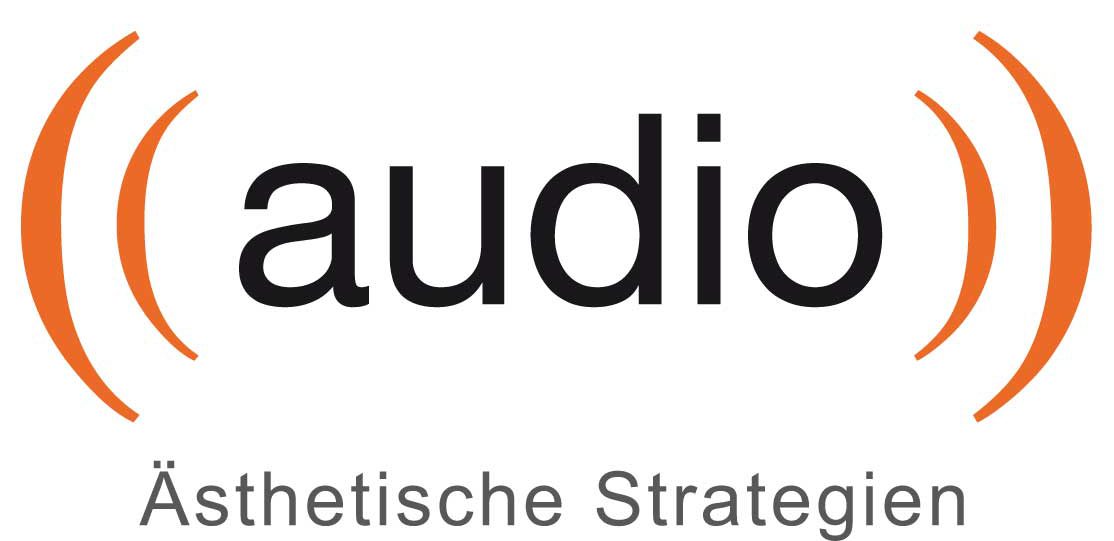The space concept of “Gibsonian Cyberspace” (as Michael Benedikt calls William Gibson’s definitional vision of cyberspace) understands the world of digital networks as the virtual workspace of the future. In addition to cyberspace as a space for action, the vision of networked world knowledge, of Docuverse (Bush/Nelson) as a global universal resource of access to media artifacts of all times and spaces forms a second metaphorical model for the potential of data networks. The address convention of the World Wide Web (URL=Uniform Resource Locator), for example, shows that such literary fictional visions certainly become part of concrete technical concepts. Whether and how a cultural appropriation of this “Turinggalaxis” (Wolfgang Coy) takes place depends on technical, economic and cultural conditions, but also on the participation of different social systems of action. Artistic forms of use are to be understood both as indicators and as testing grounds for changed structures of communication and perception. The section “Aesthetic Strategies” explores questions of aesthetic production and distribution. In the sense of an extension of the concept of text (‘aesthetic texts’), visual art and music in the tele- and mediamatic environments are regarded as specific types of text that are coded, transmitted and transformed as data. The following questions arise in the field of music:
- The Technical practice of integrating audio data into Internet applications.
- Cooperative production of audio and AV documents in networks.
- Distribution forms of music on the Internet.
